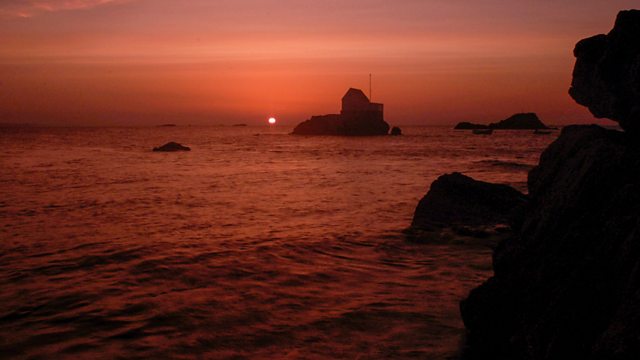Earth: The Power of the Planet episode 4 – Oceans: Iain travels to surfers’ paradise Hawaii to learn more about oceans, explaining the difference between waves, tides and currents. In the Amazon, he rides the world’s longest tidal bore. In the beginning, there were no oceans: they are thought to have gradually formed from volcano steam and melted comet ice.
Change continues today: a new sea is forming in Ethiopia, which will separate East Africa from the mainland, and the Mediterranean is drying up. Documentary series in which Dr Iain Stewart reveals the natural forces that have shaped the earth’s development.
Earth: The Power of the Planet episode 4 – Oceans
The ocean (also the sea or the world ocean) is the body of salt water that covers approximately 70.8% of the surface of Earth and contains 97% of Earth’s water. Another definition is “any of the large bodies of water into which the great ocean is divided”. Separate names are used to identify five different areas of the ocean: Pacific (the largest) Atlantic, Indian, Southern (Antarctic), and Arctic (the smallest). Seawater covers approximately 361,000,000 km2 (139,000,000 sq mi) of the planet. The ocean is the principal component of Earth’s hydrosphere, and therefore integral to life on Earth. Acting as a huge heat reservoir, the ocean influences climate and weather patterns, the carbon cycle, and the water cycle.
Oceanographers divide the ocean into different vertical and horizontal zones based on physical and biological conditions. The pelagic zone consists of the water column from surface to ocean floor throughout the open ocean. The water column is further categorized in other zones depending on depth and on how much light is present. The photic zone includes water from the surface to a depth of 1% of the surface light (about 200 m in the open ocean), where photosynthesis can occur.
This makes the photic zone the most biodiverse. Photosynthesis by plants and microscopic algae (free floating phytoplankton) creates organic matter using light, water, carbon dioxide, and nutrients. Ocean photosynthesis creates 50% of the oxygen in earth’s atmosphere. This upper sunlit zone is the origin of the food supply which sustains most of the ocean ecosystem. Light only penetrates to a depth of a few hundred meters; the remaining ocean below is cold and dark. The continental shelf where the ocean approaches dry land is more shallow, with a depth of a few hundred meters or less. Human activity has a greater impact on the continental shelf.




